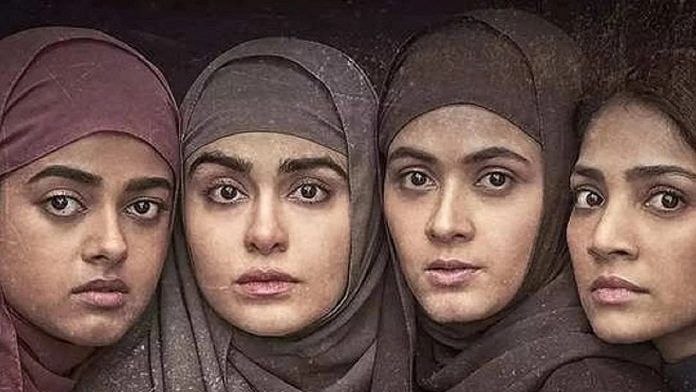
Thank you dear subscribers, we are overwhelmed with your response.
Your Turn is a unique section from ThePrint featuring points of view from its subscribers. If you are a subscriber, have a point of view, please send it to us. If not, do subscribe here: https://theprint.in/subscribe/
A Friday movie release is normal in Kerala, with people rushing in right from the first show in the morning. This Friday, May 5th, we have two new movies releasing: two Kerala stories. We are talking about two movies titled ‘The Kerala Story’ from Sudipto Sen and ‘2018’ from Jude Anthony Joseph.
The subjects of both these movies tell us Kerala’s story, both unique and both concerning the society of Kerala, but one is a case of humanity and unity while the other is a sensitive socio-political subject with polarised views. One who is aware of Kerala’s socio-political atmosphere can already smell the coffee on why these two movies are more than a Friday release. Whether it was preplanned or coincidental, the release of these two movies on the same day has made the case for a riveting discussion.
While ‘2018’ depicts the struggle and distress of the floods of 2018 in Kerala and how people across communities got together to help each other during their most difficult times to save lives, ‘The Kerala Story’ depicts how innocent girls from Hindu and Christian communities are brainwashed, converted to Islam, and made terrorists to fight in Afghanistan and Syria as part of the IS (terrorist outfit). Though the two subjects do not suggest or provide for any outright comparison, there is a subtle message that one can take from them. ‘The Kerala Story’ has an obvious political undertone attached to it.
Right from the title, the filmmaker of ‘The Kerala Story’ intends to paint Kerala in a certain way and, with the help of numbers (exaggerated by multiples of thousands), wants to send a certain political message out of it, which is precisely why this movie got so much attention prior to its release. The media and left-wing political parties have attacked the movie for the exaggeration of figures and for portraying Kerala in a bad way by using the state’s name in the title. The right-wing party, the BJP, has been defending the movie using the word ‘creative freedom’ and colouring the call for a ban as sympathising with terrorism and hiding the truth.
With calls for a ban on ‘The Kerala Story’ not entertained by the judiciary, we have two narratives running in theatres, one of which is obvious propaganda and the other a subtle tribute to the collective effort of Keralites, naturally secular in nature. I say narratives again because, across India currently, mostly we have only one dominant narrative these days, and Kerala is among those few states where there is a space for another. Historically, movies and the entertainment industry in Kerala have traditionally been ‘secular’ in nature; however, “The Kerala Story” and its pre-release debate have certainly ignited a counter narrative, though it’s not a film made originally in Malayalam or by a Keralite.
With the Prime Minister endorsing the movie and the country as a whole polarised as it is on any issue these days, it is not a surprise that there is enough loud support for ‘The Kerala Story’ in Kerala, even though it is obvious propaganda. In the coming days, we will know which is the real Kerala story the people of Kerala will accept and also the deeper socio-political changes in the society, if there will be any. For now, it is surely a win-win for the movie in theatres outside Kerala.
These pieces are being published as they have been received – they have not been edited/fact-checked by ThePrint.

COMMENTS